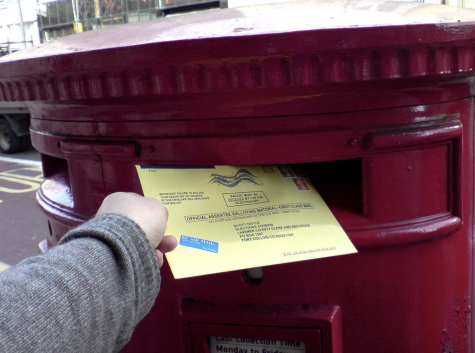Digital vs. Handwritten Notes

Woman using laptop at dining room table
May 20, 2016
Technology has become an unmistakable part of daily life for the average American high school student. However, it remains controversial just how much technology in a classroom is too much, if there should be any at all.Within classroom walls, the benefits technology can provide to a learning environment are substantial. SmartBoards and computer labs are few short from necessities in schools nowadays. These factors make it easier for teachers to encourage digital notes and assignments for their students, but it is hard not to wonder if these computer-oriented steps into the future are truly better than the handwritten ways of the past.
There are advantages and disadvantages to both sides of the argument, which often can be at fault of individualized preference. Some students prefer typing out notes on a laptop and completing assignments on an online system where it is more difficult to lose important papers and projects. For others, handwriting tasks allows for formatting flexibility and a more personalized approach. The productivity toward conveying the lesson is another element to be considered. Technology can be great in providing new and innovative ways of teaching students complex topics with animations, videos, and other various media. On the other hand, it also holds a realm of distraction with easily accessible unrelated content. Assignments completed by hand may result in more focus and concentration on a subject.
Perhaps, rather than being a black-or-white situation, technology in the classroom falls into the greys. For example, typing notes during a lecture may be more efficient for students, but handwriting them out later would act as a reinforcement to ensure the information is being grasped. A certain balance of the two would yield an ideal classroom situation.











